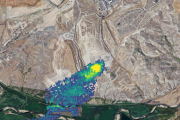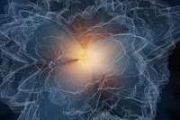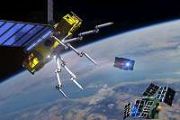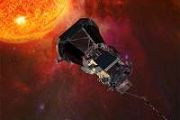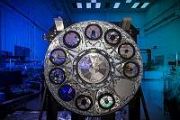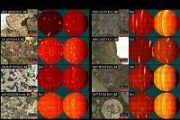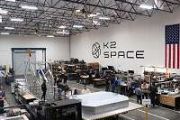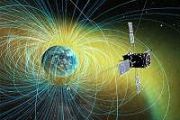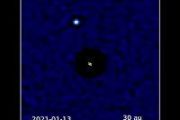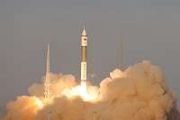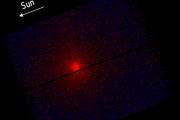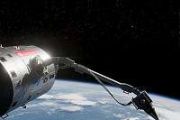
Copernical Team
Venus on Earth: NASA's VERITAS Science Team Studies Volcanic Iceland
 With its crushing atmospheric pressure, clouds of sulfuric acid, and searing surface temperature, Venus is an especially challenging place to study. But scientists know that observing its surface can provide key insights into the habitability and evolution of rocky planets like our own. So to get a global perspective of Venus while staying well above its hellish atmosphere, NASA's VERITAS (Venus
With its crushing atmospheric pressure, clouds of sulfuric acid, and searing surface temperature, Venus is an especially challenging place to study. But scientists know that observing its surface can provide key insights into the habitability and evolution of rocky planets like our own. So to get a global perspective of Venus while staying well above its hellish atmosphere, NASA's VERITAS (Venus 'Anomaly' ends Rocket Lab launch mid-flight
 A Rocket Lab launch of a next-generation radar satellite for Capella Space from New Zealand on Tuesday experienced an "anomaly" minutes into its flight, ending the mission.
The issue occurred at stage separation of the two-stage Electron rocket at about 2 minutes 38 seconds after liftoff.
No explanation was given during the live telecast of the launch.
"The launch director has
A Rocket Lab launch of a next-generation radar satellite for Capella Space from New Zealand on Tuesday experienced an "anomaly" minutes into its flight, ending the mission.
The issue occurred at stage separation of the two-stage Electron rocket at about 2 minutes 38 seconds after liftoff.
No explanation was given during the live telecast of the launch.
"The launch director has Juice: why's it taking sooo long
 At their closest point in orbit, Earth and Jupiter are separated by almost 600 million kilometres. At the time of writing, five months after launch, Juice has already travelled 370 million kilometres, yet in time it's only 5% of the way there. Why is it taking sooo long?
The answer depends on a variety of factors that flight dynamics experts at ESA's Mission Control know well, from the amo
At their closest point in orbit, Earth and Jupiter are separated by almost 600 million kilometres. At the time of writing, five months after launch, Juice has already travelled 370 million kilometres, yet in time it's only 5% of the way there. Why is it taking sooo long?
The answer depends on a variety of factors that flight dynamics experts at ESA's Mission Control know well, from the amo Curiosity reaches Mars ridge where water left debris pileup
 Three billion years ago, amid one of the last wet periods on Mars, powerful debris flows carried mud and boulders down the side of a hulking mountain. The debris spread into a fan that was later eroded by wind into a towering ridge, preserving an intriguing record of the Red Planet's watery past.
Now, after three attempts, NASA's Curiosity Mars rover has reached the ridge, capturing the fo
Three billion years ago, amid one of the last wet periods on Mars, powerful debris flows carried mud and boulders down the side of a hulking mountain. The debris spread into a fan that was later eroded by wind into a towering ridge, preserving an intriguing record of the Red Planet's watery past.
Now, after three attempts, NASA's Curiosity Mars rover has reached the ridge, capturing the fo Within the Margin
 This week on Mars, Perseverance officially kicked off the Margin Campaign by arriving at Mandu Wall and performing the first abrasion of a rock within the marginal carbonate unit! Reaching this destination was no easy feat- it took Perseverance several attempts to successfully navigate a ~350 meter long path through a field of boulders, using a combination of autonomous and directed drives to do
This week on Mars, Perseverance officially kicked off the Margin Campaign by arriving at Mandu Wall and performing the first abrasion of a rock within the marginal carbonate unit! Reaching this destination was no easy feat- it took Perseverance several attempts to successfully navigate a ~350 meter long path through a field of boulders, using a combination of autonomous and directed drives to do OSIRIS-REx Makes Final Course Adjustment Before Sept. 24 Sample Delivery
 On Sept. 17, NASA's OSIRIS-REx engineers slightly shifted the spacecraft's trajectory to refine the landing location of its sample capsule, which the spacecraft will deliver to Earth on Sept. 24. The spacecraft briefly fired its thrusters Sunday to change its velocity by 7 inches per minute (3 millimeters per second) relative to Earth.
This final correction maneuver moved the sample capsul
On Sept. 17, NASA's OSIRIS-REx engineers slightly shifted the spacecraft's trajectory to refine the landing location of its sample capsule, which the spacecraft will deliver to Earth on Sept. 24. The spacecraft briefly fired its thrusters Sunday to change its velocity by 7 inches per minute (3 millimeters per second) relative to Earth.
This final correction maneuver moved the sample capsul Kayhan Space Raises $7 million, Unveils First-Ever Autonomous Space Traffic Coordination Service
 Kayhan Space, the leading provider of high-performance software and solutions for space mission operations, has announced it has raised $7 million in an oversubscribed seed extension round to accelerate commercial delivery of the industry's first autonomous space traffic coordination (STC) framework, at the core of its all-new Pathfinder 3.0 spaceflight safety platform.
Venture capital fir
Kayhan Space, the leading provider of high-performance software and solutions for space mission operations, has announced it has raised $7 million in an oversubscribed seed extension round to accelerate commercial delivery of the industry's first autonomous space traffic coordination (STC) framework, at the core of its all-new Pathfinder 3.0 spaceflight safety platform.
Venture capital fir China, S. Africa space ties promise wide scope
 There is huge potential and there will be big opportunities in the field of space cooperation between China and South Africa as the two nations have recently decided to enhance their collaboration in this regard, observers said.
Wang Yanan, chief editor of Aerospace Knowledge magazine, said that China wants to maintain and deepen its communications, exchanges and cooperation with other cou
There is huge potential and there will be big opportunities in the field of space cooperation between China and South Africa as the two nations have recently decided to enhance their collaboration in this regard, observers said.
Wang Yanan, chief editor of Aerospace Knowledge magazine, said that China wants to maintain and deepen its communications, exchanges and cooperation with other cou Spending time in space can harm the human body, but scientists are working to mitigate these risks
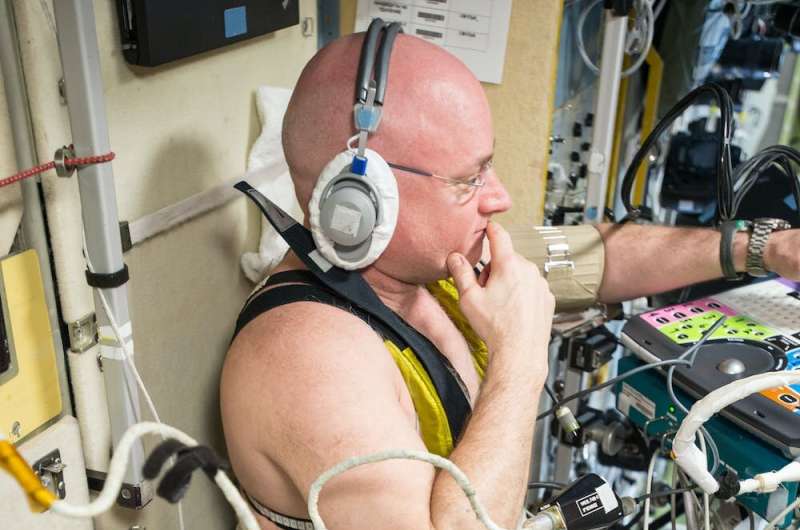
When 17 people were in orbit around the Earth all at the same time on May 30, 2023, it set a record. With NASA and other federal space agencies planning more manned missions and commercial companies bringing people to space, opportunities for human space travel are rapidly expanding.
However, traveling to space poses risks to the human body. Since NASA wants to send a manned mission to Mars in the 2030s, scientists need to find solutions for these hazards sooner rather than later.
Public Invited to NASA’s Goddard Visitor Center to Celebrate Historic Asteroid Sample Delivery
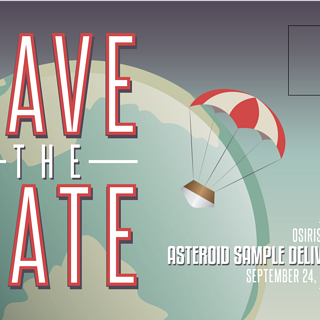 The public is invited to a watch party at NASA’s Goddard Visitor Center, Greenbelt, Maryland to celebrate the first U.S. mission, OSIRIS-REx, to collect a sample from an asteroid and deliver it to Earth on Sept. 24, 2023.
The public is invited to a watch party at NASA’s Goddard Visitor Center, Greenbelt, Maryland to celebrate the first U.S. mission, OSIRIS-REx, to collect a sample from an asteroid and deliver it to Earth on Sept. 24, 2023. 





